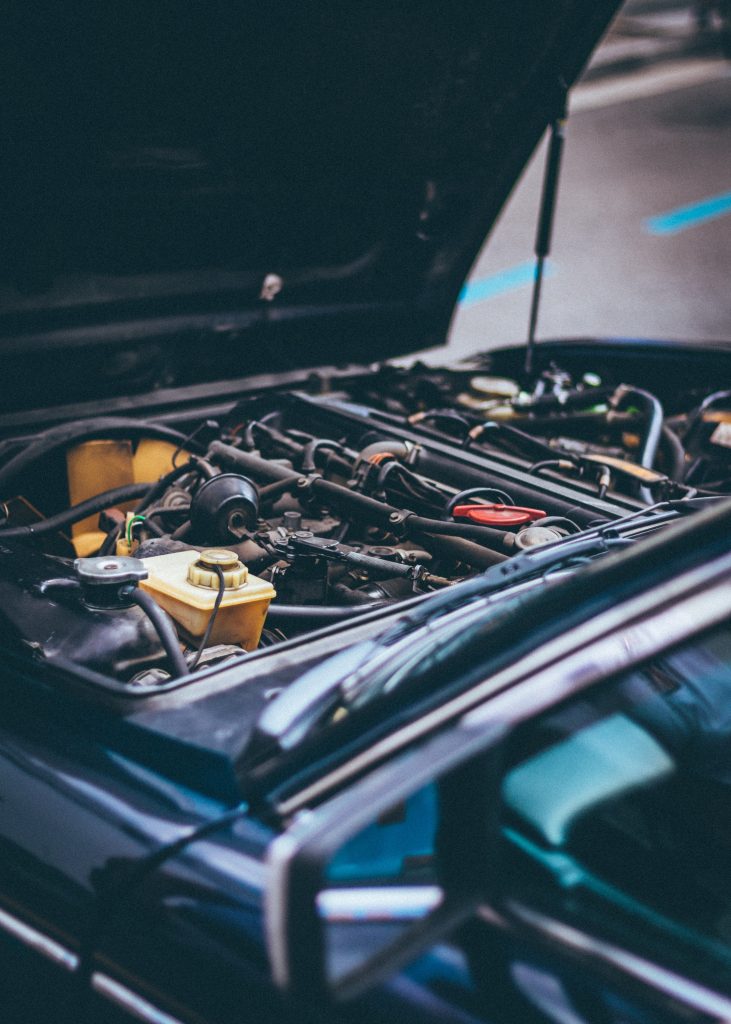Junkyards, often referred to as car graveyards, hold a unique fascination for automotive enthusiasts, treasure hunters, and budget-conscious individuals alike. These sprawling repositories of discarded vehicles tell tales of bygone eras and offer a wide range of salvaged parts for repair and restoration projects. In this article, we will embark on a captivating journey of An Exploration of US Junkyard Numbers. As an expert in the field, I will shed light on the vastness, significance, and hidden opportunities these car graveyards present.
The Magnitude of the Junkyard Industry:
The United States is domestic to a magnificent variety of junkyards, scattered throughout each and every state, serving as a testomony to the country’s love affair with automobiles. While an exact count is challenging, estimates suggest that there are thousands of junkyards across the nation. These expansive yards stretch far and wide, encompassing vast areas dedicated to salvaging, recycling, and reselling automotive parts.
The Function and Purpose of Junkyards:
Junkyards play a crucial role in the automotive ecosystem, serving as a resource hub for car owners, mechanics, and restoration enthusiasts. They act as a repository of vehicles that have reached the end of their usable life, providing a sustainable solution for their disposal. These yards salvage and recycle valuable components, reducing waste and environmental impact. Moreover, they offer a treasure trove of affordable parts, making repairs more accessible and economical.
A Haven for Automotive Enthusiasts:
Junkyards hold a special allure for automotive enthusiasts, who see beyond the surface of weathered vehicles. These enthusiasts consider junkyards as a playground for exploration, where they can find rare models, vintage gems, and hard-to-find parts. The thrill of the hunt and the joy of uncovering hidden treasures make junkyard visits an exciting adventure for those passionate about cars.
Economic and Environmental Benefits:
The junkyard industry contributes to the local economy by generating jobs, creating business opportunities, and supporting the automotive aftermarket. Moreover, these yards promote sustainability by preventing the accumulation of abandoned vehicles in landfills and encouraging the recycling of valuable materials. By providing affordable alternatives to new parts, junkyards contribute to cost savings for vehicle owners, mechanics, and auto enthusiasts.
Regulations and Challenges:
Operating a junkyard requires compliance with local regulations and environmental standards to ensure proper disposal and minimize environmental impact. Junkyard owners must adhere to guidelines regarding vehicle disposal, hazardous material handling, and recycling practices. These rules purpose to strike a stability between monetary viability, environmental sustainability, and public safety.

As we conclude our An Exploration of US Junkyard Numbers landscape, we have gained a deeper understanding of the magnitude and significance of these car graveyards. From their role in salvaging and recycling automotive parts to providing opportunities for automotive enthusiasts and supporting the local economy, junkyards are more than just repositories of discarded vehicles. They embody a thriving industry built on sustainability, affordability, and the preservation of automotive history. So, the subsequent time you pass by via a junkyard, take a second to respect the vastness and plausible that lies inside these fascinating vehicle graveyards..